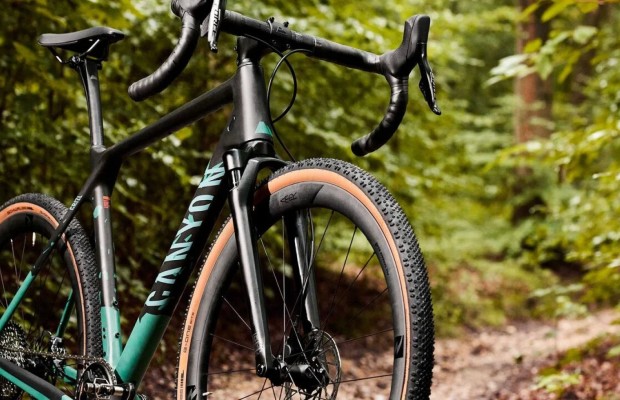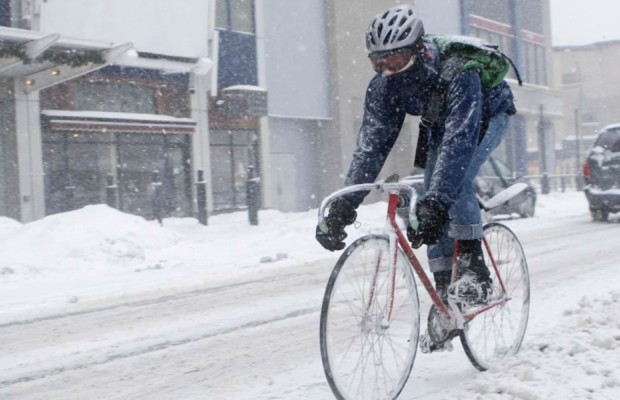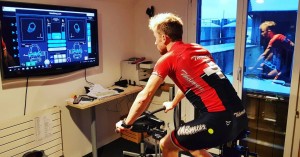Practical guide to carry out a correct preseason and enjoy the bike
Many athletes start their preseasons year after year in the same way, regardless of the results obtained in the past season. Usually 2-3 months of “base” and some weights “circuits of many repetitions and little weight”, then move on to a bit of long series work and take out the weights.

This way of working, besides being a nonsense, rarely adapts to the athlete's schedule availability. In general, these programs (which are not individualized and we find on the internet) have work volumes that do not usually correspond to the 90 minutes that the athlete is able to take out during the week.
Guide to carry out a correct preseason
That is why we are going to make a small practical guide to bring a bit of current affairs and criteria in this first part of the season.
RECOMENDADO

Some reasons to stay away from the road in winter

The best apps for cycling and mountain biking

Black Friday 2025 cycling bargains: save on Garmin, POC, Maxxis and more

Black Friday Garmin 2025: the ultimate guide to choosing your GPS at the best price

Do you need suspension on your gravel bike?

What is the winter bicycle and why is it disappearing
Usually athletes come from a period of inactivity that comes between 12-14 days to a month of rest.
The first thing to do would be to balance the previous season (if there was one) and analyze everything that you want to improve: For example, whenever an athlete is asked, they talk about climbing better or being able to ride faster... but they never or almost never refer to being more technical downhill or avoiding pains that appear when they have been on the bike for 3-4 hours or more.

When we have all the necessary information, we can get an idea of everything we have to work on. Usually we will start with 2-3 weeks of quiet rolling and preventive circuits to get the body out of lethargy and start laying the foundations on which to build the season. When we talk about these quiet rides, note that we do not refer to the % of FC or W, among other reasons because we cannot use the watts and pulse from the end of the last season to start rolling in the new season. That is why "feelings" have a priority role here.
The purpose should be nothing other than enjoying the bike.
During these weeks of rolling, of course we can climb ports and vary our routes. The purpose should be nothing other than enjoying the bike.
By preventive work we mean all that work that constitutes the basis on which to then work without fear of injury (core work, compensation work, stretching,...), we can introduce it on days without a bike, with small walks or with another complementary activity such as swimming, running, paddle tennis matches or any sport (as long as we minimize the risk of injury).
Once this period of 2-3 weeks has passed, the most sensible thing is to think about doing a stress test. This test (well done) should give us information about our aptitude or not for exercise (it is certainly advisable to do it with a cardiologist and a performance specialist, so that the test has both sides... the health and performance side, since one cannot do the work of the other).
If the test is suitable, we will also have the areas with which to start working (it is very common to take the test when one is well, although the intelligent option is to take the test at the beginning to establish the strengths and weaknesses to work on).
In this laboratory test, we will obtain many very interesting parameters such as: The VT1 and the VT2 (aerobic and anaerobic thresholds), the PAM (maximum aerobic power) and VO2max, the Ve (expiratory volume) or the FR (respiratory rate).
Throughout the season and if we have a good coach, field tests can replace laboratory tests to continuously adjust intensities.

Parallel to the stress test, it is advisable to have an anthropometric assessment (to look for the optimal weight objectively) and a strength test (performing a strength-speed curve), perhaps this test is the most forgotten and yet it is the one that could give us the most performance amateur athletes.
All this information that many people believe is exclusive to professionals is nowadays accessible at a very reasonable price and well used (with a qualified coach) allows the optimization of the available time of those athletes who only have 1.5-2h to train a day (luckily).
In this way we will know for sure what we should work on and what we should spend more time on in our training, not dedicating ourselves for 2 months to do rides below 65% of our max FC, just because.
Text by Paulo de la Fuente Pérez from gadepa.com, coach of Vlad Dascalu, World XCO Sub-23 Champion